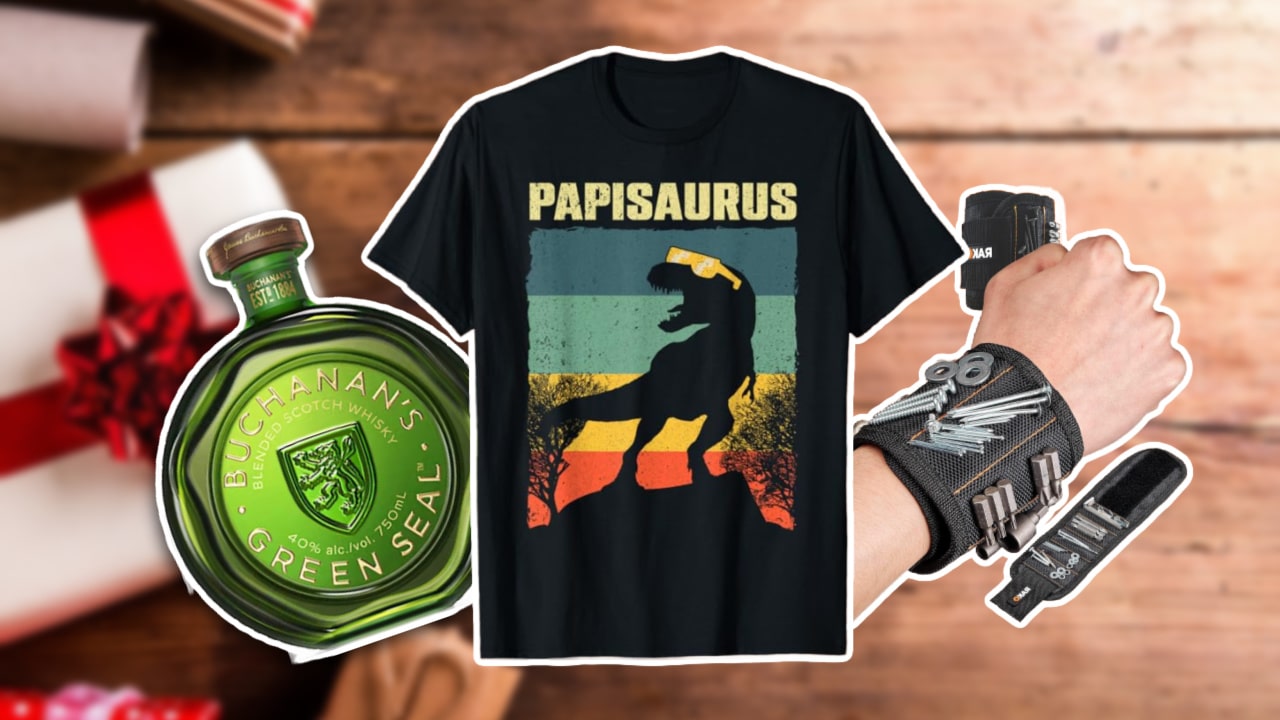Ph.D Student Accidentally Discovers Missing Mayan City in Mexico
Technology is one of the most incredible human inventions. It connects us with people around the world and allows you to share your thoughts and pictures of your pets. While that is all good, some people have found ways to make groundbreaking discoveries. Recently, a PhD archeology student helped to discover a lost Mayan city in Mexico called Valeriana, thanks to a Google Search.
A Google Search unveiled a missing Mayan city in Mexico
We’ve all searched Google for things we were interested in. But how often do you ever go past the first couple of pages? Tbh, if it isn’t in the top six results, it’s usually just trash. However, one PhD student went deep when researching.
Luke Auld-Thomas, a student at Tulane University, was clicking through the results. He then found a study done by an environmental group using advanced laser technology. The laser scan, called Lidar, mapped out a large portion of the Mexican jungle. A Lidar survey is a remote sensing technique. It utilizes thousands of laser pulses fired from a plane. It then maps objects below using the time the signal takes to return.
“I was on something like page 16 of Google search and found a laser survey done by a Mexican organization for environmental monitoring,” Auld-Thomas told the BBC.
He downloaded the study and conducted his own analysis, relying on techniques used by archeologists. That is when he discovered something that was somehow missed. When he did his own analysis, he discovered more than 6,600 structures that painted a picture of a major city in the Maya civilization.
Valeriana was a major Mayan city, home to tens of thousands of people
For centuries, Valeriana’s location in the Yucatán Peninsula was undiscovered. It lies in a remote, unexplored place. Now, we know that the long-lost city served as a major urban area, further debunking the idea that Mayan communities lived in smaller, isolated communities.
Valeriana was inhabited by 30,000 to 50,000 people at its height, around 750 to 850 A.D. It holds several structures, including pyramids, plazas, and sporting arenas. The size and complexity of Valeriana make it the second-largest Mayan settlement in ancient Latin America behind Calakmul, which was uncovered in 1931.
Both Calakmul and Valeriana are in Campeche, Mexico.
What else can researchers find with Lidar?
This isn’t the first time that Lidar technology has helped to unveil a missing and massive ancient city. In 2018, it helped unveil Kweneng, an impressive ancient city located just outside of modern-day Johannesburg, South Africa.
The use of this technology has the potential to unlock and uncover some of the greatest mysteries of ancient civilization. The more ancient cities we can find, the more we can learn about the civilizations before us to have a better understanding of human history.
It is incredible to see technology used to advance our understanding of human existence. The more we learn, the more we can connect to our ancient ancestors.




